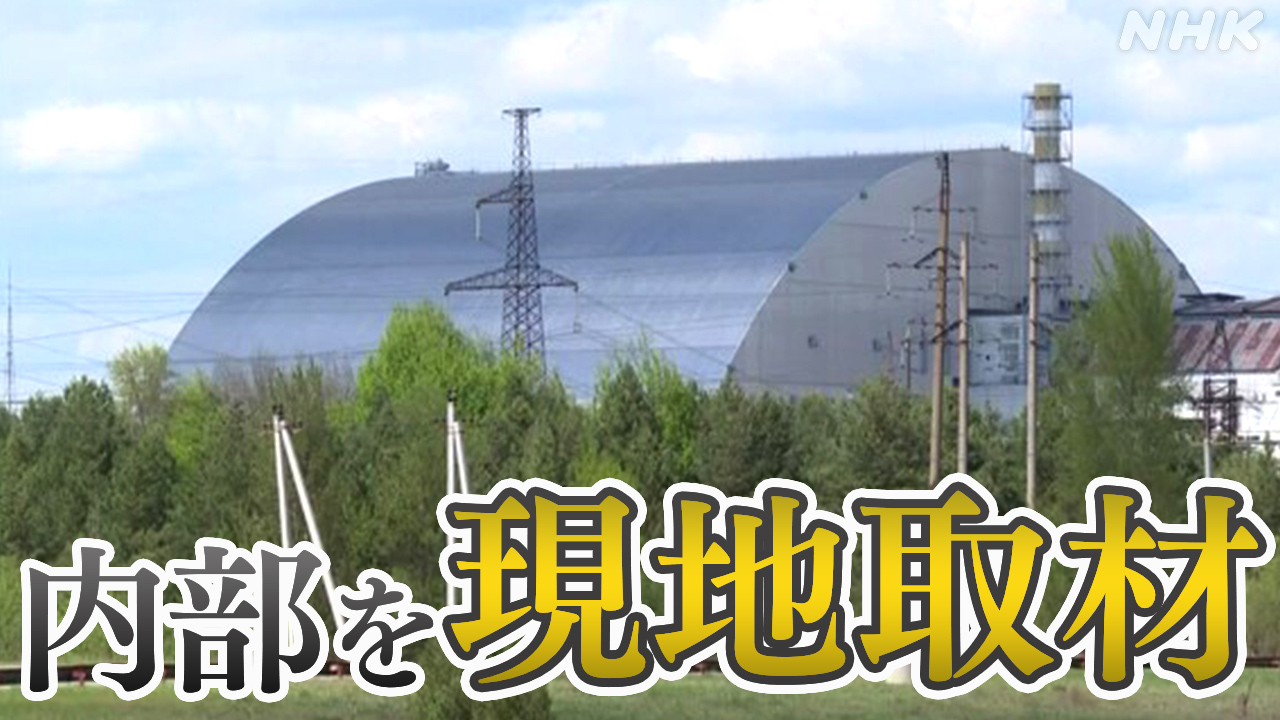Post-Attack Assessment: Chernobyl Shelter's State - A Worrying Update
The recent conflict in Ukraine has cast a renewed, and deeply unsettling, shadow over the Chernobyl Exclusion Zone. While the immediate aftermath focused on the potential for radioactive material dispersal, the longer-term implications for the Chernobyl Nuclear Power Plant's sarcophagus – the shelter encasing the destroyed reactor – are now a primary concern. This article delves into the current state of the shelter, the ongoing assessments, and the potential risks involved.
The Chernobyl Shelter: A Brief History and Current Challenges
The Chernobyl disaster of 1986 resulted in the construction of a hastily erected sarcophagus to contain the radioactive debris. This initial structure, however, was far from ideal and prone to deterioration. The New Safe Confinement (NSC), a massive arch-like structure built over the old sarcophagus, was completed in 2016, significantly improving containment. However, the ongoing conflict raises serious concerns about the shelter's structural integrity and the potential for damage.
Assessing the Damage: Challenges and Uncertainties
The full extent of the damage to the Chernobyl shelter remains unclear. Access to the site has been severely restricted due to the ongoing conflict, hampering thorough inspection and assessment. Initial reports suggest minimal direct damage to the NSC itself. However, indirect effects are a significant worry.
- Supply Chain Disruptions: Maintaining the NSC and the surrounding monitoring systems requires a steady supply of parts, equipment, and expertise. The war has severely disrupted these supply chains, potentially impacting the long-term safety of the site.
- Staffing Issues: The skilled personnel responsible for monitoring and maintaining the shelter have been impacted by the conflict, either directly through displacement or indirectly through reduced resources.
- Security Concerns: The lack of secure access to the site raises concerns about potential sabotage or theft of equipment, further compromising the integrity of the shelter.
Potential Risks and Mitigation Strategies
The primary concern is a breach in the NSC's containment capabilities. While the structure itself is robust, potential damage to supporting infrastructure or power failures could compromise its effectiveness. This could lead to:
- Radioactive Dust Release: Any significant breach could lead to the release of radioactive dust, potentially contaminating the surrounding environment and posing a health risk.
- Increased Radiation Levels: Even minor damage could increase radiation levels within the Exclusion Zone, further hindering recovery efforts and potentially affecting nearby populations.
International Collaboration and Future Outlook
International organizations, including the IAEA (International Atomic Energy Agency), are working closely with Ukrainian authorities to assess the situation and provide support. This collaborative effort is crucial for ensuring the continued safety of the site and mitigating potential risks. Long-term solutions must address the following:
- Enhanced Security Measures: Strengthening the site's security is paramount to prevent any malicious actions or accidental damage.
- Diversified Supply Chains: Developing alternative supply chains for essential equipment and personnel is critical to maintain the shelter's operational readiness.
- Continued Monitoring and Maintenance: Regular inspections and maintenance are crucial for identifying and addressing potential issues before they escalate into serious problems.
The situation at Chernobyl remains dynamic and requires continuous monitoring. While the immediate threat of a major radioactive release appears low, the potential for long-term consequences related to damage and lack of resources remains a significant concern. Continued international collaboration and investment are critical to ensuring the safe and secure containment of the radioactive materials at Chernobyl for years to come. Regular updates from official sources like the IAEA should be consulted for the most accurate and up-to-date information.
